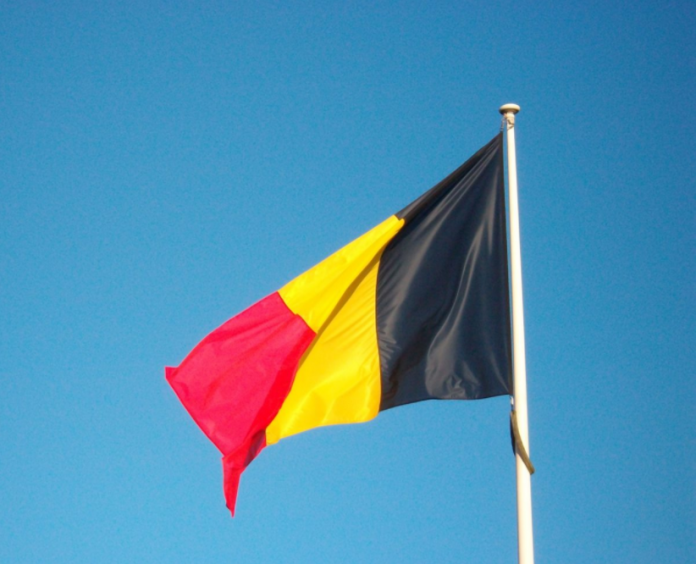Belgium deployed 544 MW of new solar capacity last year, according to provisional data collected by renewable energy association APERE. This compares to 367 MW of new solar capacity in 2018 and just 103 MW in 2017.
Most of last year’s new capacity was installed in Flanders, which accounted for 418 MW of the total. Around 104 MW MW of new PV was installed in Wallonia, down from 133 MW deployed in the preceding 12 months, while the Brussels metropolitan region added 22 MW last year.
Strong growth for Flanders was also supported by the completion of a 100 MW solar park in Lommel. It is the largest operational PV plant in Belgium, while most of the nation’s grid-connected solar power systems at the end of last year were residential arrays, with capacities no larger than 10 kW.
Overall, the country’s cumulative PV capacity reached 4.82 GW at the end of December. “This represents a surface area of panels on the order of 35 km² (7.5 m² / kWp), and the power of nearly five nuclear reactors,” APERE said.
The association also reported that the average PV installation rate in Belgium is 423 W per inhabitant, or more than one and a half panels per person.
“In Wallonia, 85% of small installations were completed before July 1, 2019 – a consequence of the announcement effect relating to the hypothetical exemption from the prosumer tariff for those who installed their system before that date,” APERE said. The so-called prosumer tariff is a controversial grid fee that will be charged to prosumers who consume and sell power generated by household PV systems.
Each of Belgium’s three regions has its own regulatory framework for solar and renewable energy. The country has the potential to reach 18 GW of solar capacity by 2040, according to a late-2017 report by grid operator Elia.






